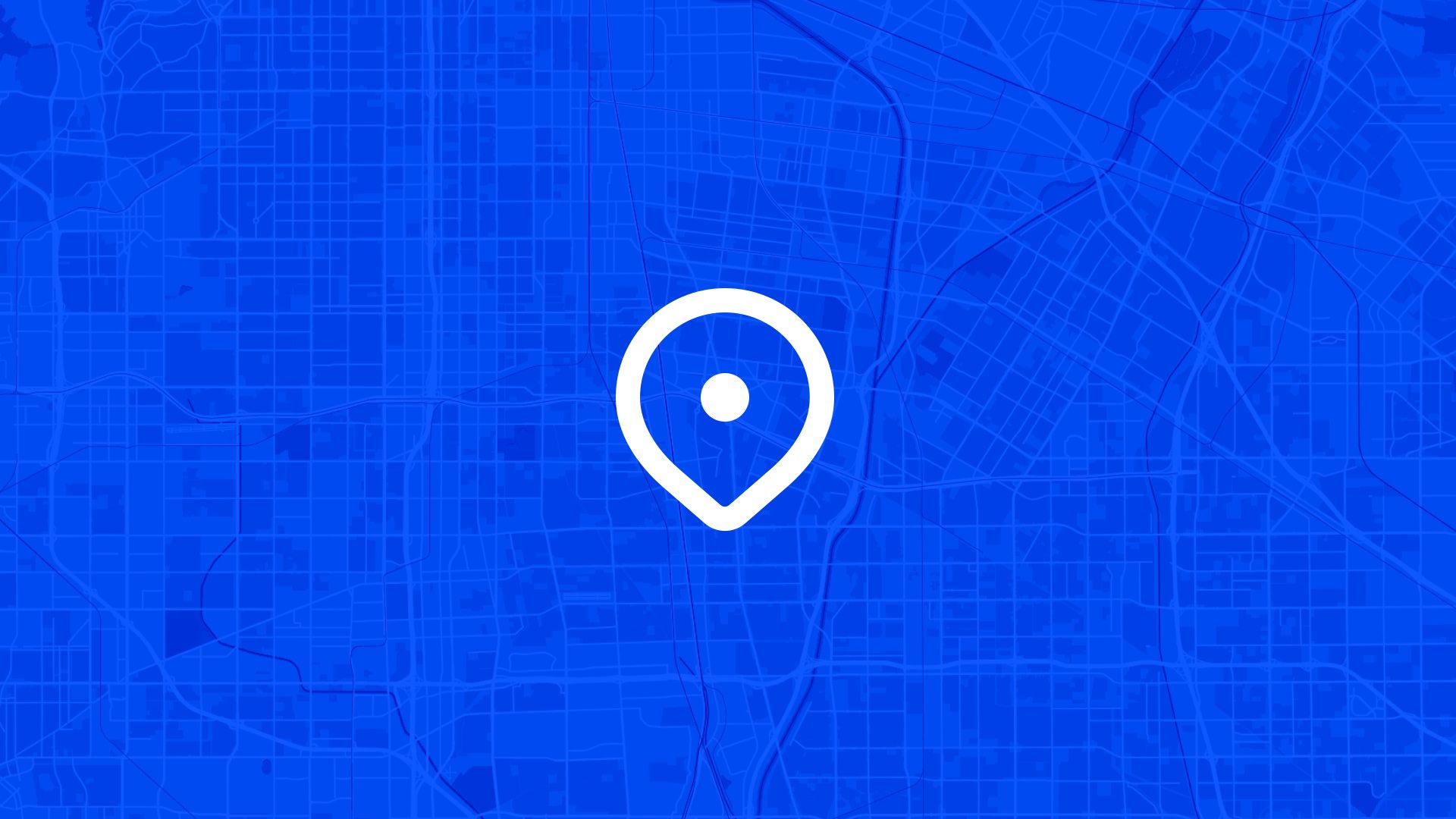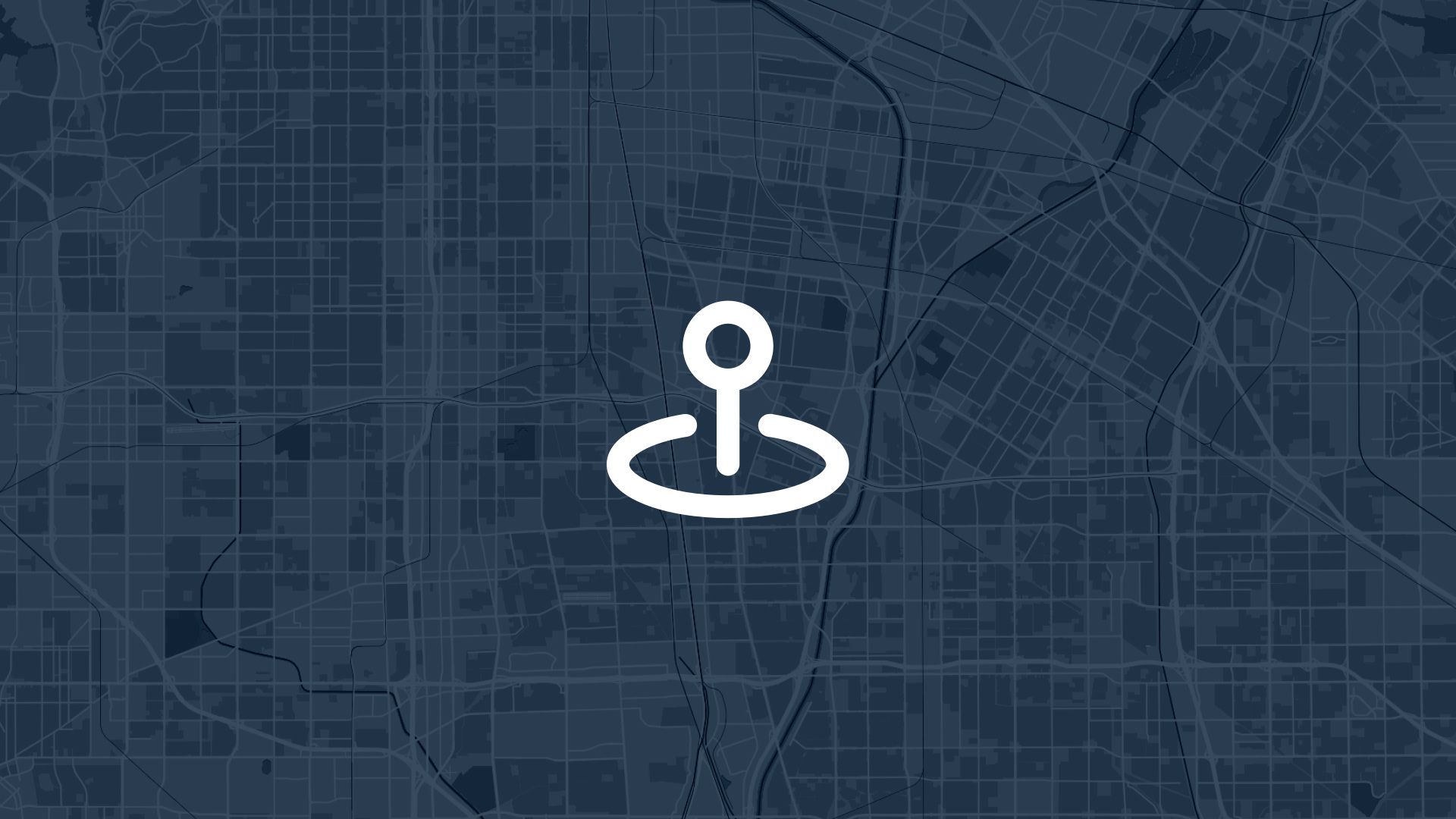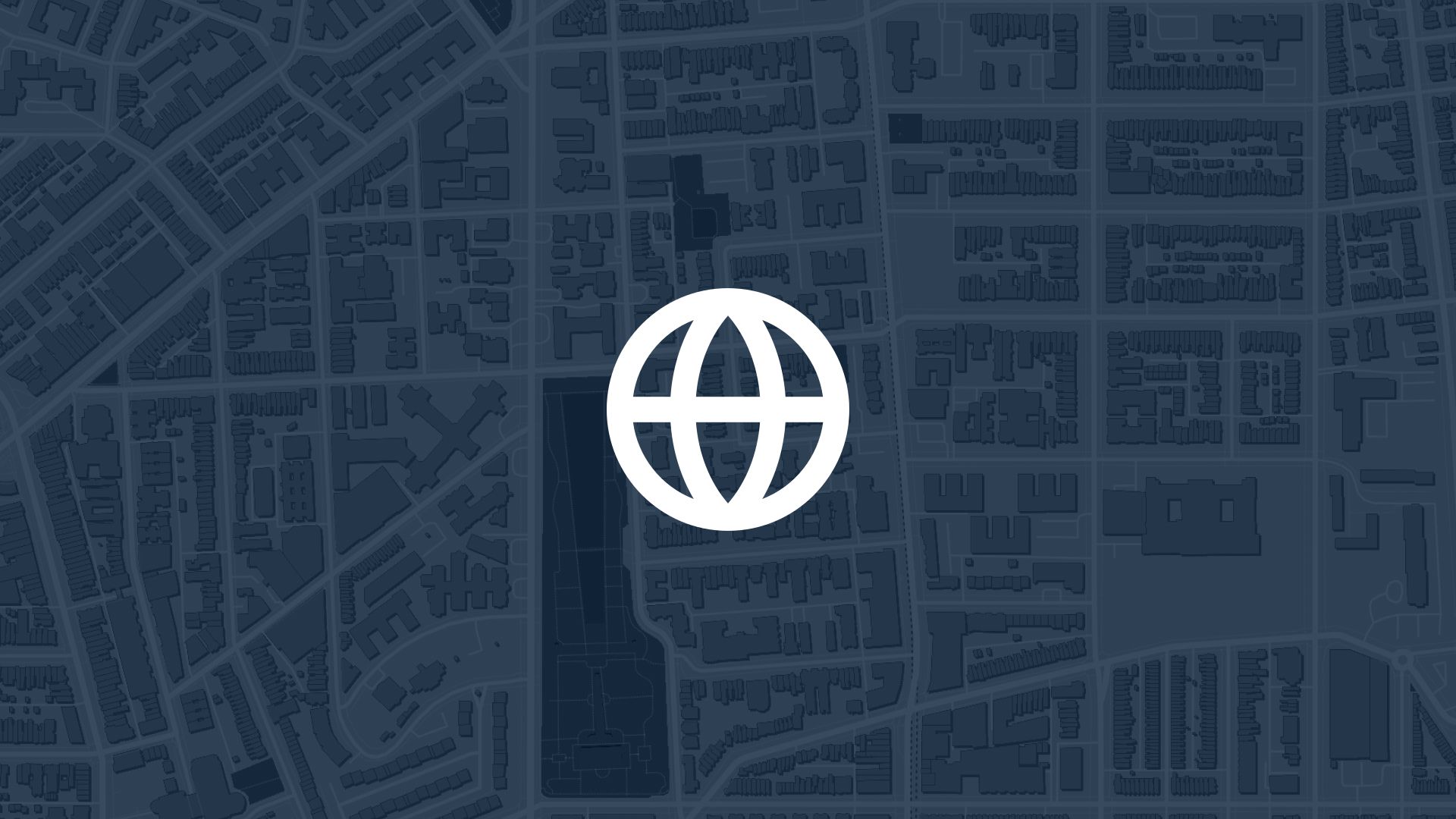The most effective forest management starts with comprehensive geographic visualization of ecosystem health that shows exactly where forests are thriving, where problems exist, and how environmental conditions change over time.
If your forest monitoring relies only on scattered field reports, periodic assessments, or departmental data that lacks spatial context and integrated analysis, you're missing the geographic patterns that reveal ecosystem trends, conservation priorities, and management opportunities. That's why experienced forest managers ask: can we build forest health dashboards with maps that integrate monitoring data and help us understand ecosystem conditions, track environmental changes, and coordinate conservation efforts effectively?
With Atlas, you can create comprehensive forest health dashboards that combine ecosystem monitoring with geographic visualization and trend analysis for actionable environmental intelligence. No scattered monitoring data, no uncertainty about spatial patterns, no barriers to understanding forest ecosystem health. Everything starts with clear geographic visualization and meaningful environmental analysis.
Here's how to set it up step by step.
Why Geographic Forest Health Dashboards Matter for Ecosystem Management
Building forest health dashboards with maps enables better ecosystem understanding and more effective conservation and management decision-making.
So geographic forest health dashboards aren't just environmental data visualization—they're essential ecosystem management tools that create better conservation outcomes through spatial understanding of forest conditions and evidence-based management decisions.
Step 1: Set Up Comprehensive Forest Monitoring with Geographic Context
Atlas makes it easy to create detailed forest health dashboards with spatial analysis capabilities:
- Upload forest boundaries and management units showing protected areas, management zones, and ecosystem types with clear geographic definitions
- Add monitoring site locations including field stations, sensor networks, and assessment points with comprehensive data collection capabilities
- Import forest health indicators connecting tree health, biodiversity, soil conditions, and water quality data to specific geographic locations
- Include environmental context factors showing climate conditions, topography, land use, and human impacts that influence forest ecosystem health
Once configured, your forest health dashboard provides the geographic foundation for comprehensive ecosystem monitoring and conservation planning.
Step 2: Visualize Forest Health Indicators and Environmental Conditions
Next, create clear ecosystem visualization that reveals spatial patterns in forest health:
You can display different forest health metrics:
- Tree health and mortality showing canopy conditions, disease presence, pest damage, and tree mortality rates across different forest areas
- Biodiversity and wildlife monitoring mapping species populations, habitat quality, and ecological diversity indicators throughout forest ecosystems
- Soil and water quality conditions displaying nutrient levels, contamination, erosion, and hydrological health across forest watersheds
- Fire risk and management showing fuel loads, fire history, suppression resources, and wildfire risk assessment by forest location
- Climate and weather impacts tracking temperature changes, precipitation patterns, and climate stress indicators affecting forest health
- Human impact assessment monitoring recreation pressure, development effects, and management intervention outcomes across forest areas
Each health indicator gets clear geographic visualization that enables ecosystem comparison and conservation priority identification.
Step 3: Create Interactive Forest Analysis and Monitoring Tools
To help forest managers and conservation teams understand ecosystem health patterns:
- Design dynamic filtering systems allowing users to explore forest health by indicator type, time period, management unit, or ecosystem characteristics
- Set up comparison tools enabling analysis of health differences between forest areas, management approaches, and environmental conditions
- Add trend analysis providing access to historical data, change detection, and long-term ecosystem health patterns
- Include alert systems automatically identifying significant health changes, emerging threats, or management opportunities
- Configure predictive modeling using historical data to forecast future forest conditions and identify intervention needs
Forest health analysis becomes interactive and reveals actionable insights for ecosystem management and conservation planning.
Step 4: Enable Multi-Agency Coordination and Data Sharing
To support collaborative forest management and conservation coordination:
- Create inter-agency dashboards showing forest health information across different management jurisdictions and conservation organizations
- Set up data sharing protocols enabling researchers, managers, and conservation groups to contribute monitoring data and share insights
- Add public engagement features providing communities with accessible forest health information and conservation education
- Include stakeholder communication keeping interested parties informed about forest conditions, management actions, and conservation outcomes
- Configure research collaboration enabling scientists and managers to access comprehensive forest data for analysis and decision-making
Forest health intelligence becomes collaborative and supports coordinated ecosystem management across multiple organizations and stakeholders.
Step 5: Analyze Ecosystem Patterns and Identify Conservation Priorities
To use forest health data for strategic conservation and management planning:
- Generate ecosystem health reports showing which forest areas are thriving, which need attention, and what factors drive ecosystem success
- Create threat assessment analysis identifying disease outbreaks, invasive species, climate impacts, and other risks to forest health
- Set up conservation priority mapping using health data to guide resource allocation, management interventions, and protection strategies
- Design restoration planning identifying degraded areas that need rehabilitation and tracking restoration project success
- Configure adaptive management using monitoring data to adjust conservation strategies and improve management effectiveness over time
Also read: Map Voting Results by District
Step 6: Integrate Forest Health Dashboards with Conservation Operations and Policy
Now that comprehensive forest health visualization and ecosystem analysis are complete:
- Export conservation intelligence for integration with natural resource management systems, grant applications, and policy development
- Create management decision support showing how forest health data informs land use planning, conservation strategies, and resource allocation
- Set up policy development assistance providing evidence-based forest health analysis for environmental regulations and conservation policy
- Design public communication using forest health dashboards to educate communities about ecosystem conditions and conservation importance
- Generate scientific research support providing researchers with comprehensive forest data for ecosystem studies and conservation science
Your forest health dashboard becomes part of comprehensive ecosystem management and conservation policy that protects forest resources through evidence-based decision-making and coordinated conservation action.
Use Cases
Building forest health dashboards with maps is useful for:
- Forest service agencies monitoring ecosystem conditions and coordinating conservation efforts across large forest management areas
- Environmental research organizations studying forest health trends and conducting ecosystem research with comprehensive spatial data
- Conservation nonprofits tracking protection outcomes and communicating forest health conditions to supporters and policymakers
- Land management agencies integrating forest health into broader natural resource planning and environmental management decisions
- Climate research institutions analyzing forest ecosystem responses to climate change and developing adaptation strategies
It's essential for any forest management where ecosystem health monitoring and conservation coordination depend on comprehensive spatial analysis and data integration.
Tips
- Integrate multiple data sources combining field monitoring, remote sensing, and citizen science data for comprehensive forest health assessment
- Update data regularly to track rapid changes in forest conditions and enable responsive management and conservation actions
- Create early warning systems identifying emerging threats and ecosystem stress before they become major forest health problems
- Use data for adaptive management adjusting conservation strategies based on monitoring results and ecosystem response to interventions
- Engage stakeholders actively involving communities, researchers, and conservation groups in forest health monitoring and protection efforts
Building forest health dashboards with maps in Atlas enables comprehensive ecosystem monitoring and evidence-based forest conservation management.
No separate environmental analysis software needed. Just integrate forest health data geographically, analyze ecosystem patterns, and create the conservation intelligence that protects forest resources through coordinated management and scientific understanding.
Insight Maps and Dashboards with Atlas
When you're managing operations that span multiple locations, the challenge isn't just collecting data—it's turning that information into actionable insights that improve performance and outcomes.
Atlas gives you the tools to consolidate field information into clear operational intelligence: one dashboard for data collection, analysis, and decision-making.
Transform Field Data into Operational Intelligence
You can:
- Aggregate information from multiple locations and teams into unified dashboards
- Visualize performance patterns and identify improvement opportunities across operations
- Create automated reporting that keeps stakeholders informed and aligned
Also read: Track Equipment and Assets by Location
Build Performance Management That Scales
Atlas lets you:
- Monitor operations across multiple sites with consistent metrics and standards
- Generate reports that show performance trends, resource needs, and improvement opportunities
- Export operational data for integration with business intelligence and management systems
That means no more scattered field reports, and no more questions about whether your operations are performing consistently across locations.
Manage Better with Location Intelligence
Whether you're coordinating field teams, monitoring asset performance, or analyzing service delivery, Atlas helps you turn location-based data into operational intelligence that drives better outcomes.
It's operations management—designed for geographic insight and scalable performance.
Boost Your Operations with the Right Tools
Operations move fast, but performance management requires consistent data and clear insight. Whether you're coordinating teams, monitoring assets, analyzing service delivery, or planning improvements—location intelligence matters.
Atlas gives you both speed and insight.
In this article, we covered how to build a forest health dashboard with maps, but that's just one of many things you can do with Atlas.
From field data collection to operational dashboards, performance analysis, and improvement planning, Atlas makes complex operations management accessible and actionable. All from your browser. No operations expertise needed.
So whether you're managing field teams, monitoring infrastructure, or coordinating service delivery, Atlas helps you move from "collecting data" to "driving performance" faster.
Sign up for free or book a walkthrough today.





